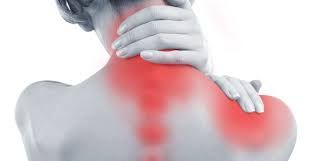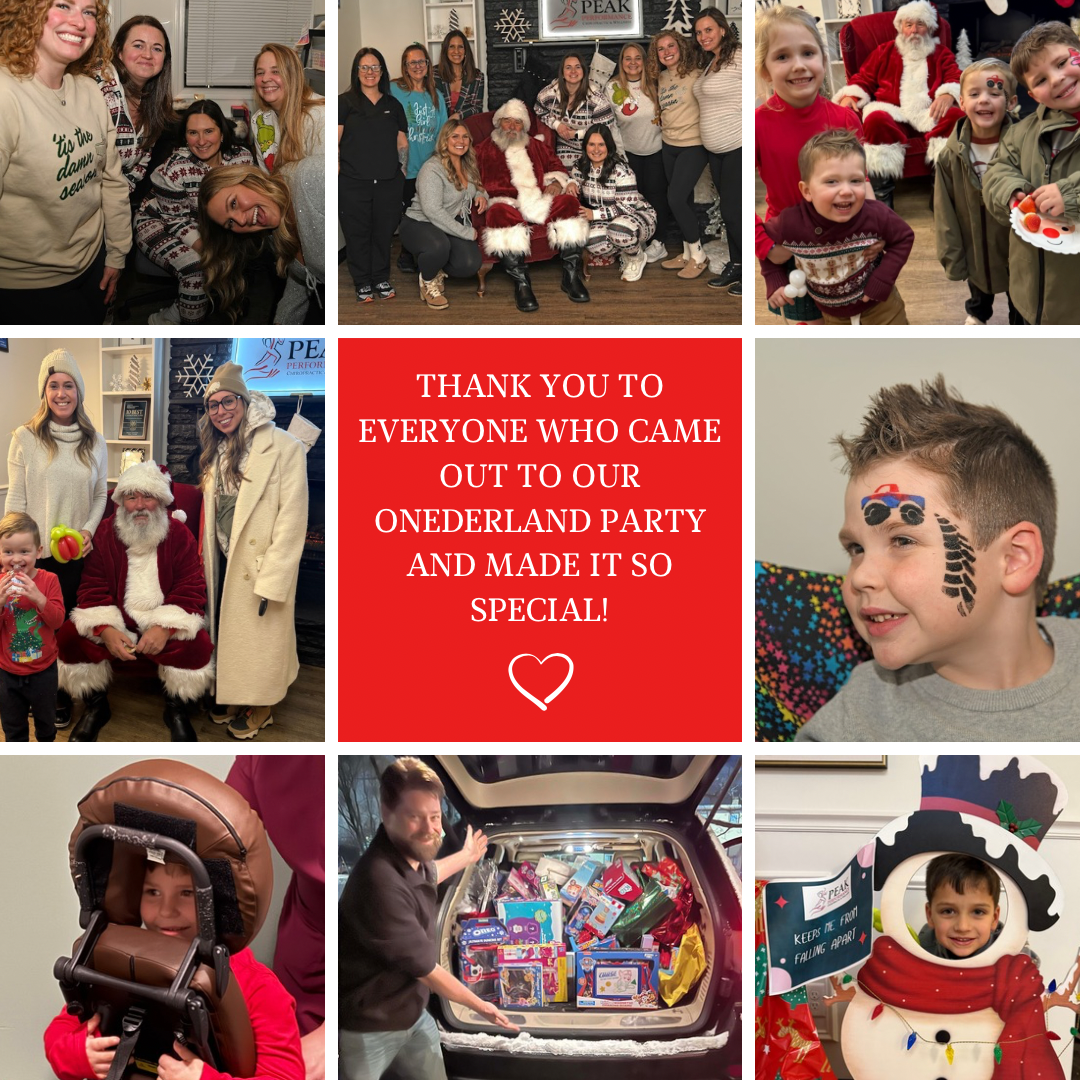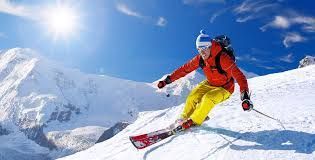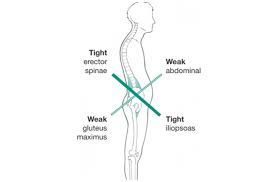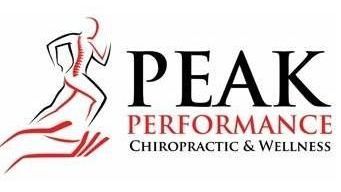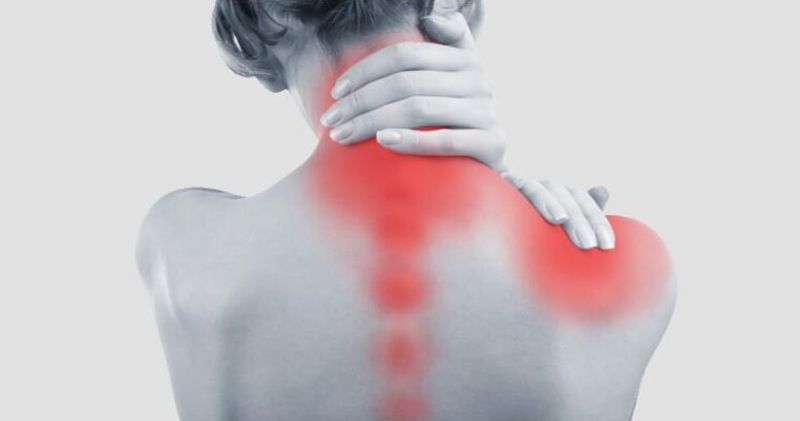Safely Enjoying the Beach This Summer

The beach is a perfect place to relax, soak up the sun, and enjoy a variety of fun activities like swimming, volleyball, and surfing. However, while it offers an ideal setting for leisure and recreation, it also presents certain risks that can impact your health and well-being. From sunburns to dehydration and slips and falls, understanding how to enjoy the beach safely will help ensure you make the most of your time by the water. Here’s how you can stay safe and healthy while soaking in the sun and fun this summer.
1. Protect Your Skin from the Sun
One of the most important considerations when spending time at the beach is protecting your skin from harmful UV rays. Prolonged exposure to the sun can lead to painful sunburns and increase the risk of skin cancer. Here’s how to safeguard your skin:
Use Sunscreen Regularly
Choose a broad-spectrum sunscreen with SPF 30 or higher and apply it generously to all exposed skin. Be sure to cover areas like your face, neck, back, shoulders, and the tops of your feet. Reapply every two hours, or more often if you’re sweating or swimming. Don’t forget to use a water-resistant formula if you plan to swim.
Seek Shade
While sunscreen is vital, it’s also important to seek shade when possible, especially during peak sun hours (10 a.m. to 4 p.m.). Set up an umbrella or find a natural shade source like a tree or pavilion to give your skin a break.
Wear Protective Clothing
In addition to sunscreen, consider wearing sun-protective clothing, such as hats with wide brims and UPF-rated swimwear. Sunglasses with UV protection are also essential to protect your eyes from the sun’s glare.
2. Stay Hydrated
When spending time outdoors in the sun, especially near the water, it’s easy to become dehydrated. Dehydration can lead to fatigue, dizziness, and even heat exhaustion or heatstroke. To avoid this, keep the following tips in mind:
Drink Plenty of Water
Drink water throughout the day, even if you don’t feel thirsty. The body loses fluids due to the heat, sweat, and exposure to the sun, so make sure to replenish them regularly. Carry a reusable water bottle with you to the beach and take sips throughout the day.
Limit Caffeine and Alcohol
Caffeinated beverages and alcohol can increase dehydration. While enjoying a cold drink on the beach can be refreshing, be sure to balance these drinks with plenty of water to stay properly hydrated.
3. Be Mindful of Water Safety
Whether you’re swimming, surfing, or just wading in the shallows, water safety is a crucial concern. Drowning can happen quickly and unexpectedly, even for strong swimmers. Follow these safety tips to protect yourself and others while in the water:
Know the Water Conditions
Before entering the water, check for any potential hazards, such as strong currents, rip tides, or jellyfish. Pay attention to lifeguard warnings or beach flags, which indicate water conditions.
Swim in Designated Areas
Always swim in designated swimming areas where lifeguards are on duty. These areas are typically marked and safe for swimming. Avoid swimming in areas with boats or jet skis, as these can create dangerous conditions.
Stay Within Your Limits
If you’re not a strong swimmer or unfamiliar with the beach, stay close to shore and avoid swimming in deep water. It’s also essential to take breaks when needed and never swim alone.
4. Take Care of Your Feet
Beaches are beautiful, but they can also be tough on your feet. From hot sand to sharp objects, here’s how you can protect your feet:
Wear Foot Protection
Consider wearing water shoes or sandals to protect your feet from hot sand, sharp rocks, or debris on the beach. This is especially important if you’re walking on uneven terrain or exploring rocky shorelines.
Avoid Walking Barefoot on Hot Sand
Hot sand can burn your feet, causing discomfort and potential blisters. If walking barefoot is your choice, do so in the early morning or in the evening when the sand is cooler.
5. Protect Your Health with Proper Hygiene
Beach environments can harbor bacteria and germs, so it’s essential to practice good hygiene to prevent infections and illnesses.
Wash Your Hands Regularly
After handling beach equipment, eating, or using public restrooms, wash your hands thoroughly with soap and water or use hand sanitizer. This helps reduce the spread of harmful bacteria and viruses.
Shower After Swimming
If you’ve been swimming in the ocean, be sure to rinse off after you get out of the water. Ocean water may contain bacteria and pollutants that can cause infections or skin irritations.
6. Watch for Signs of Overexposure or Injury
Even with all the precautions, it’s important to listen to your body and recognize the signs of overexposure or injury. These can include:
Sunburns and Heat Exhaustion
If you begin feeling nauseous, lightheaded, or excessively thirsty, you may be experiencing heat exhaustion. Seek shade, drink water, and rest. If you experience sunburns, apply aloe vera gel or cooling lotions to soothe the skin.
Cuts, Scrapes, or Jellyfish Stings
If you suffer a cut or scrape on the beach, clean the wound with clean water and apply antiseptic. In case of a jellyfish sting, rinse the affected area with vinegar to neutralize the toxins, and seek medical attention if necessary.
7. Protect the Environment
Finally, while enjoying the beach, be mindful of the environment. The beach is a beautiful and delicate ecosystem, and it’s important to help preserve it for future generations. Keep the following tips in mind:
Dispose of Trash Properly
Always clean up after yourself by disposing of trash in the proper containers. Bring a reusable bag for your trash, and avoid leaving anything behind that could harm wildlife or pollute the environment.
Respect Wildlife and Nature
Don’t disturb wildlife, and be careful not to step on or damage plants and animals. Respect all rules and regulations about environmental conservation at the beach.
Conclusion
With the right precautions, a day at the beach can be a safe and enjoyable experience for everyone. By protecting your skin from the sun, staying hydrated, practicing water safety, and being mindful of your overall health, you can ensure that you make the most of your time at the beach. Whether you’re swimming, building sandcastles, or simply lounging under an umbrella, safe beach practices will help you create lasting memories while keeping your well-being in mind.
If you have any questions or concerns about your health before heading to the beach, Peak Performance Chiropractic can help guide you in preparing your body for an active summer.
Bethany Wolcott
D’Youville Chiropractic ‘26
